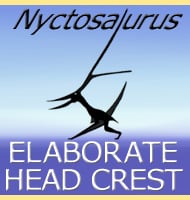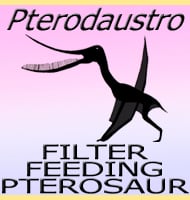Haopterus
In Depth The teeth of Haopterus are quite robust. As well as extending for the first two thirds of the jaws they also point towards the back of the mouth. These teeth are well adapted for catching and holding onto fish, which seem to be the preferred diet of pterosaurs that belong to the Ornithocheiridae. … Read more

